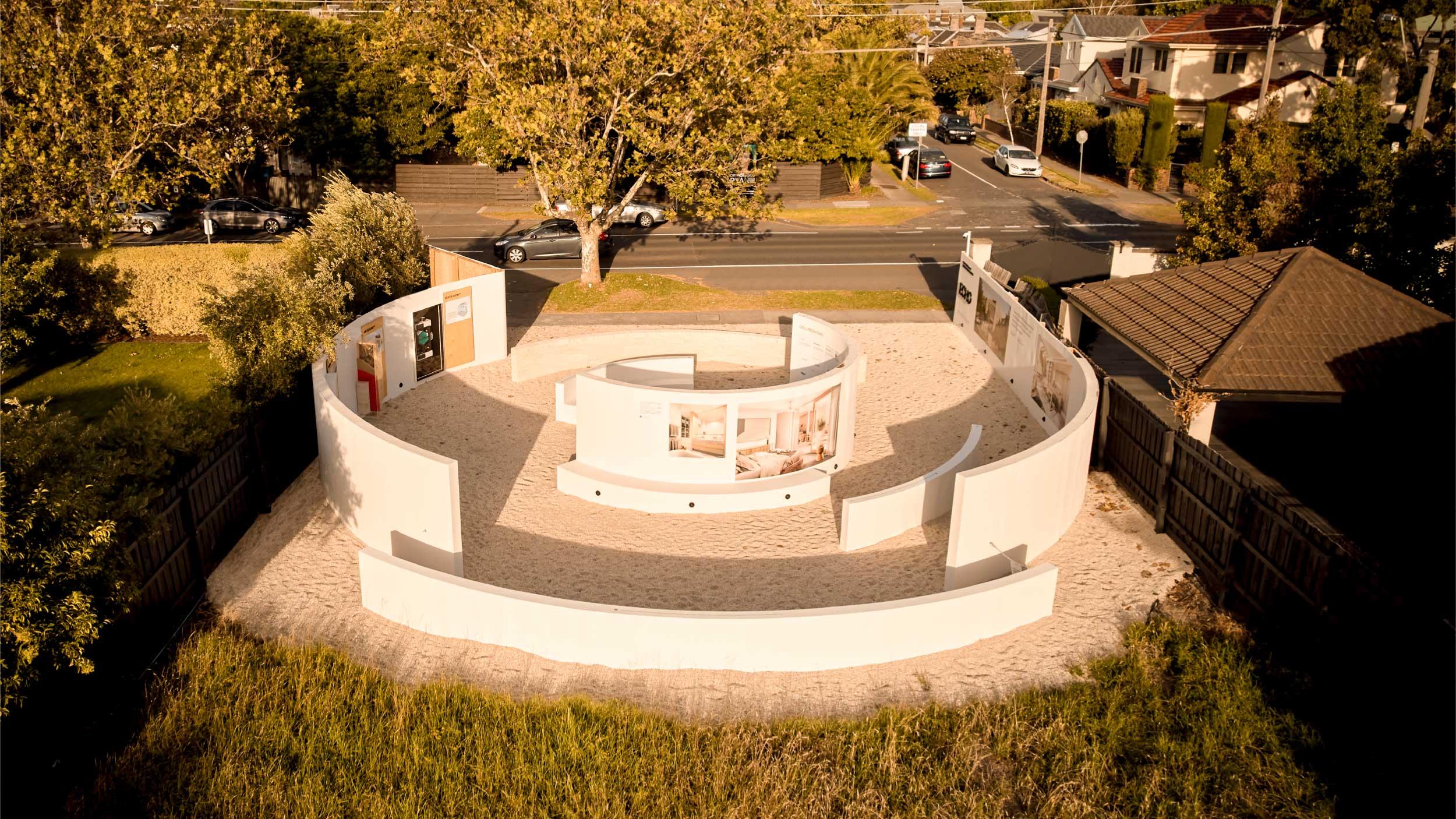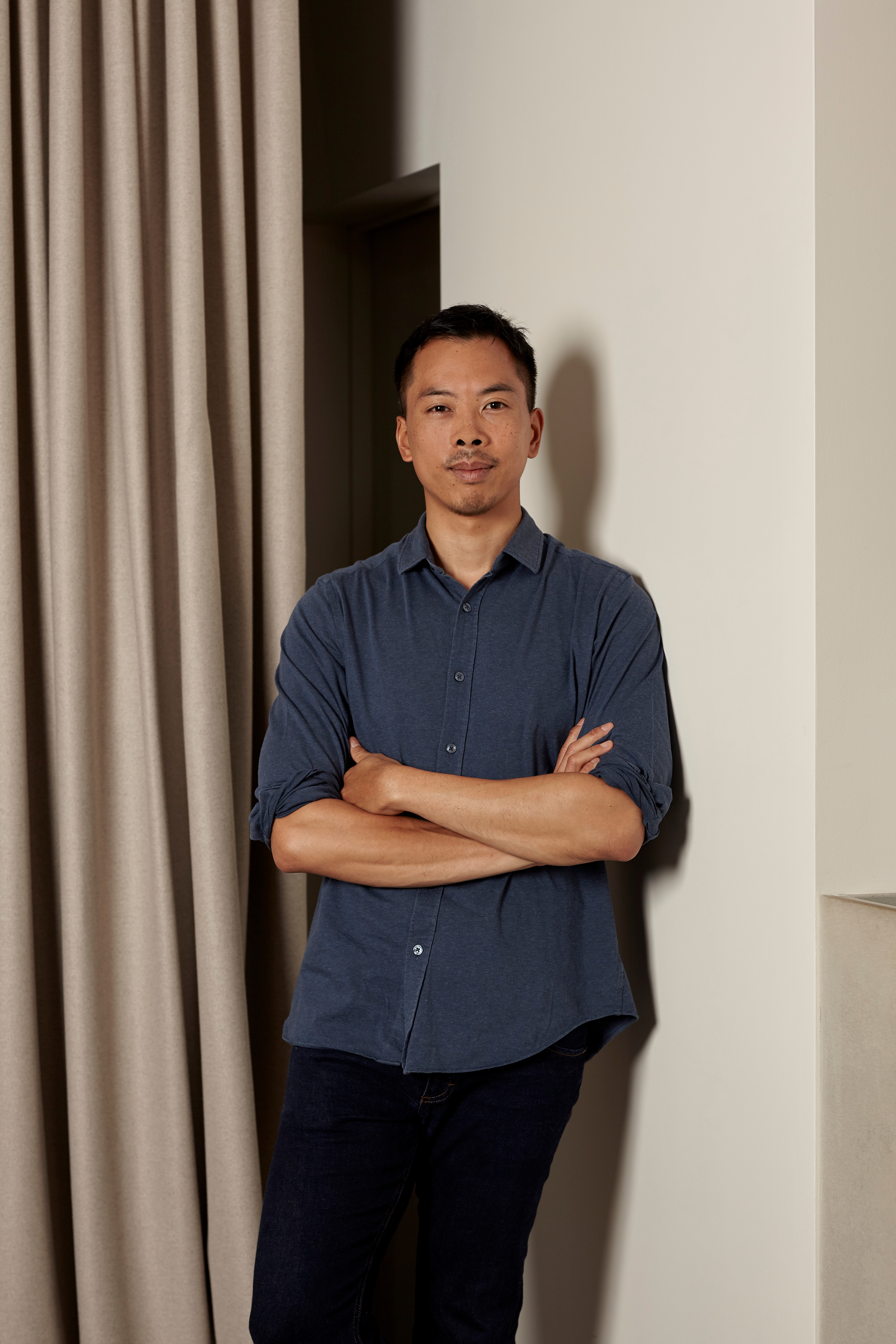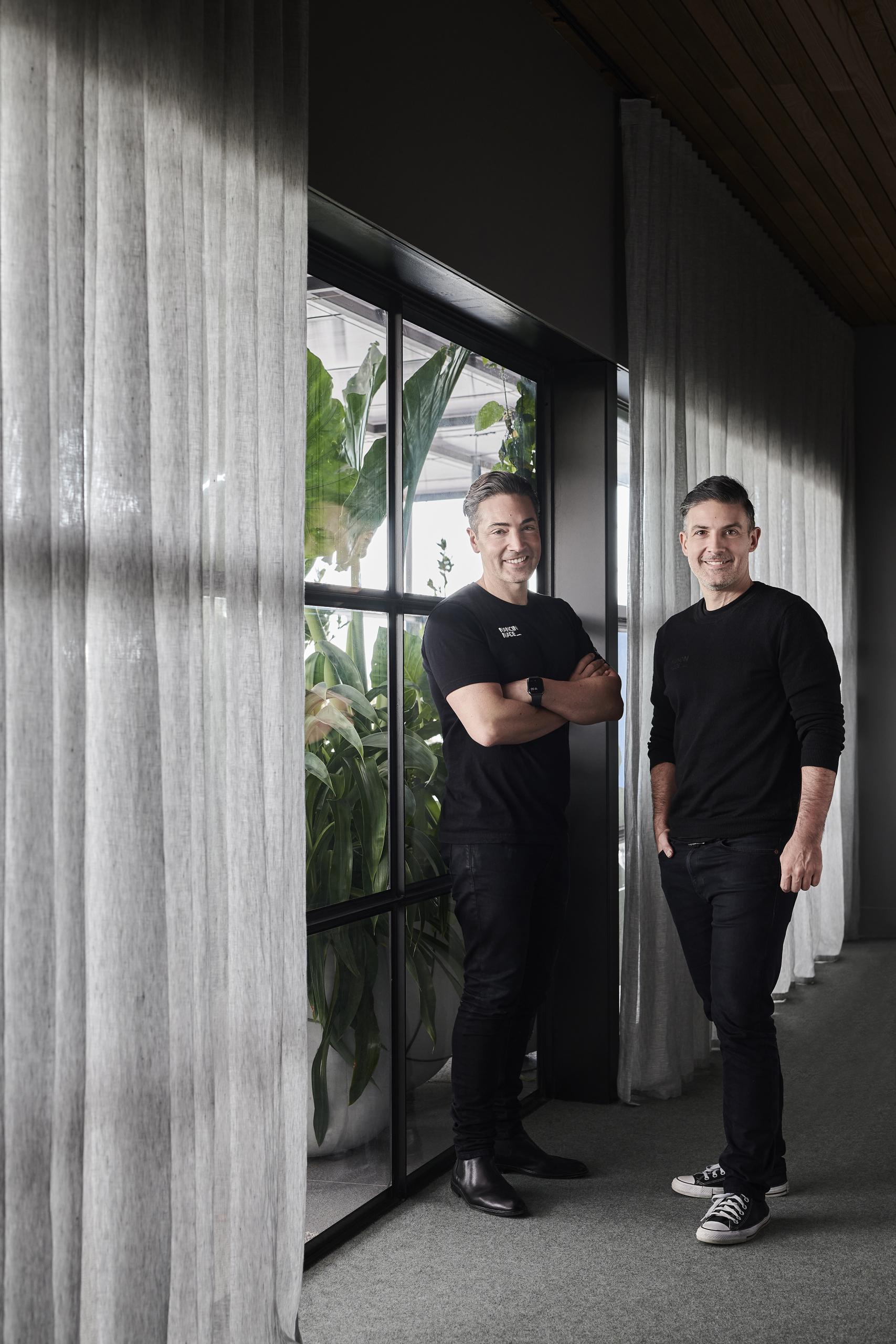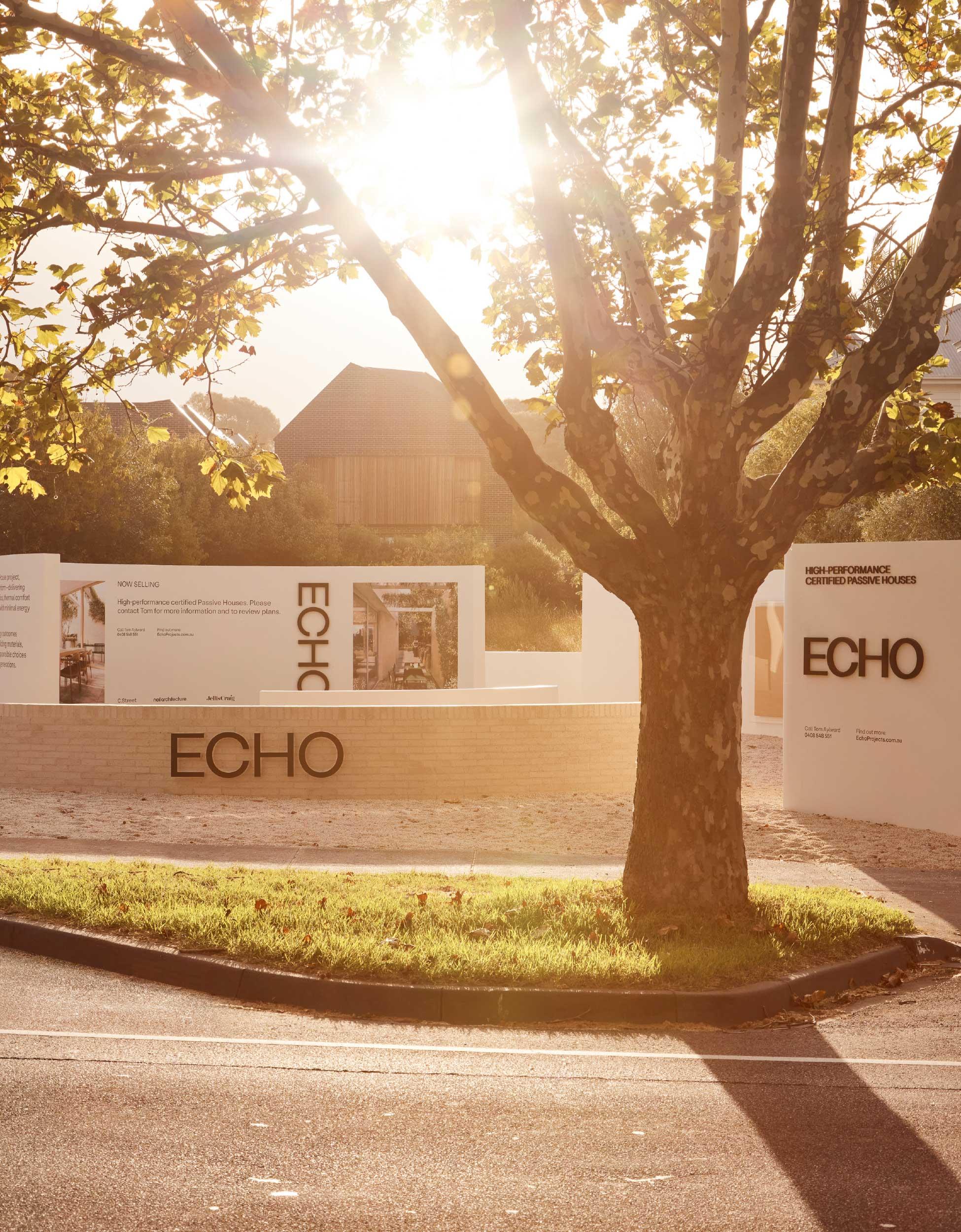Building the future. A conversation with Kin Seng Choo.
With over 15 years of experience in construction, project management and property development, Kin Seng Choo has worked across complex fit-out and infrastructure projects in the San Francisco Bay Area and here. Now, as the Founder and Director of C.Street Projects, he is focused on creating high-performance, energy-efficient homes in Australia that adhere to the internationally recognised Passivhaus standard. Certified as a Passivhaus Designer, Kin is committed to building for the future, developing homes that not only reduce emissions but enhance comfort, health and long-term liveability.
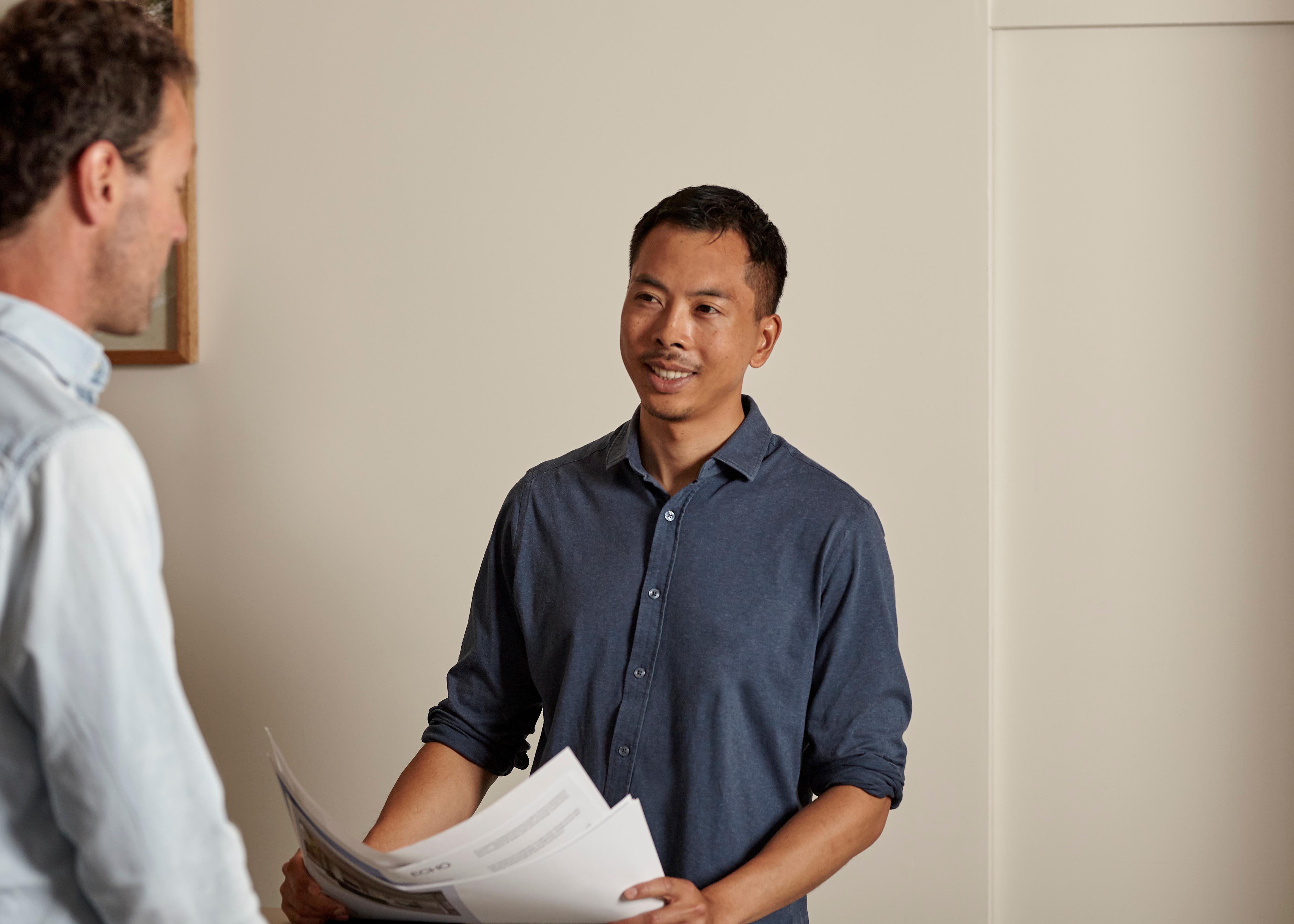
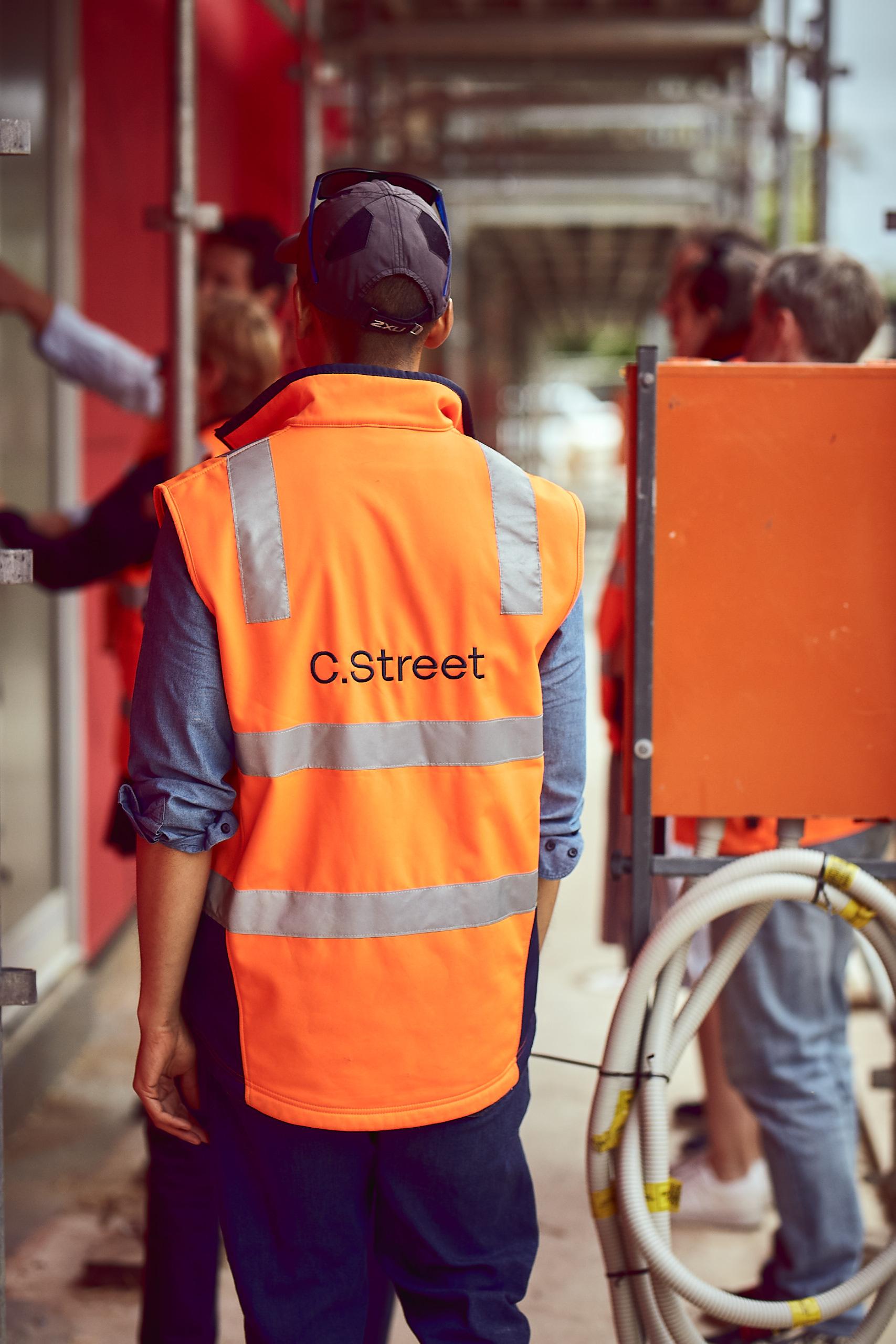
Kin, when we first met you were clear about creating a values-led property development brand. How do you maintain this across your collaborations with designers, architects and other project partners?
It starts with alignment, not just on goals but on values. I’m interested in working with people who take a long-term view, believe in the mission and take ownership of their work. It is important to establish this common ground early on. What do they believe good design can do? How do they approach sustainability, even when it’s inconvenient or expensive? Are they willing to challenge the way things have always been done?
I don’t want consensus for the sake of harmony. I want collaboration that pushes us to do better. And I’ve found that when you lead with purpose, when you’re upfront about why you’re doing something, not just what, the right people show up. Once you find those people, you hold onto them.
Seesaw has partnered with C.Street at both a brand and project level. What do you believe makes a creative partnership successful?
Trust, first and always. When we started working with Seesaw, I didn’t come with a strict brief. I came with a vision. And I trusted the team to help bring that vision to life in a way that was intelligent, emotive and strategic. A good creative partner brings clarity, not just colour. They challenge you. They hold you accountable to your own values. Seesaw did that for us. They asked the hard questions, dug deep into the “why,” and helped us shape a brand narrative that wasn’t about selling homes but about shifting expectations.
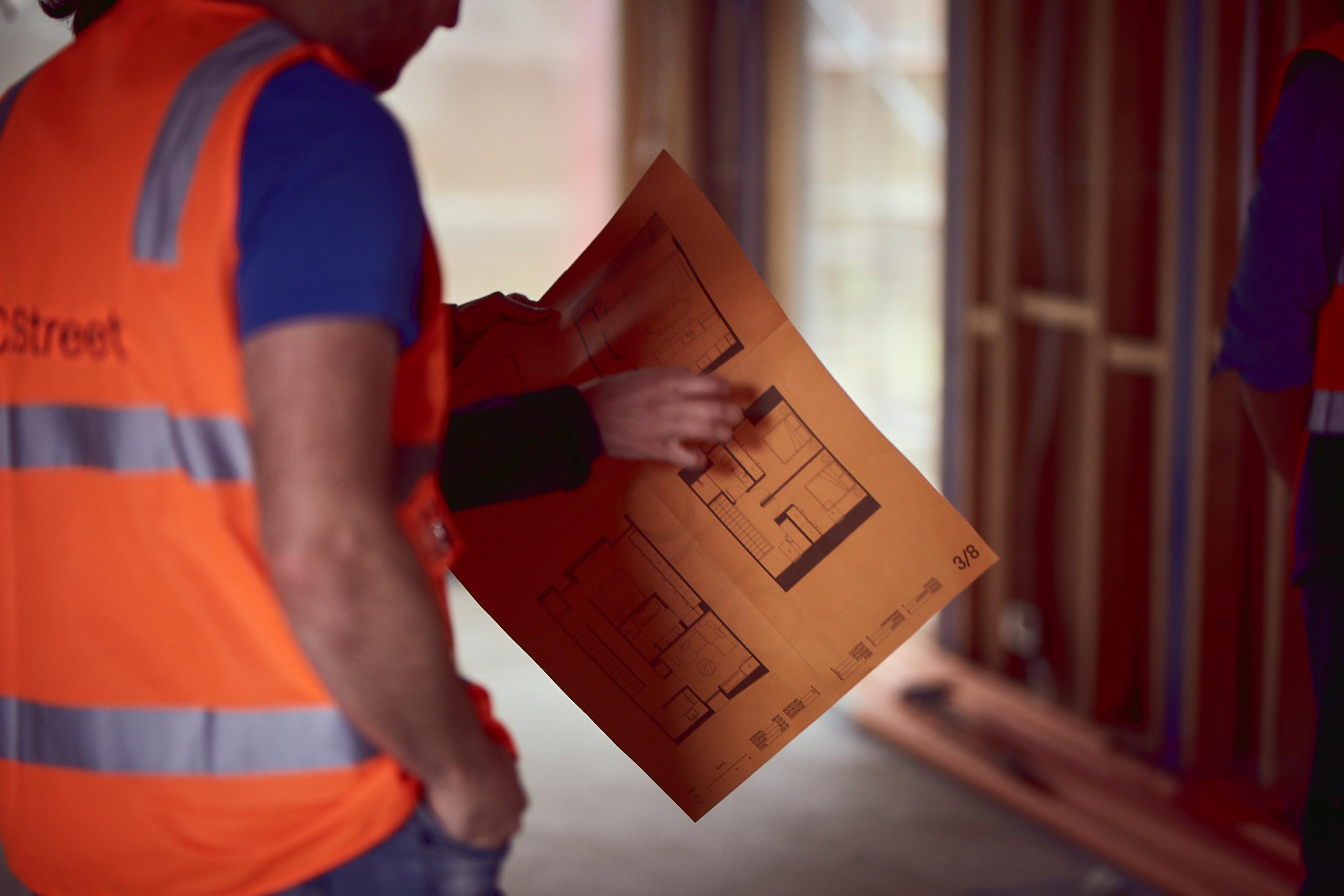
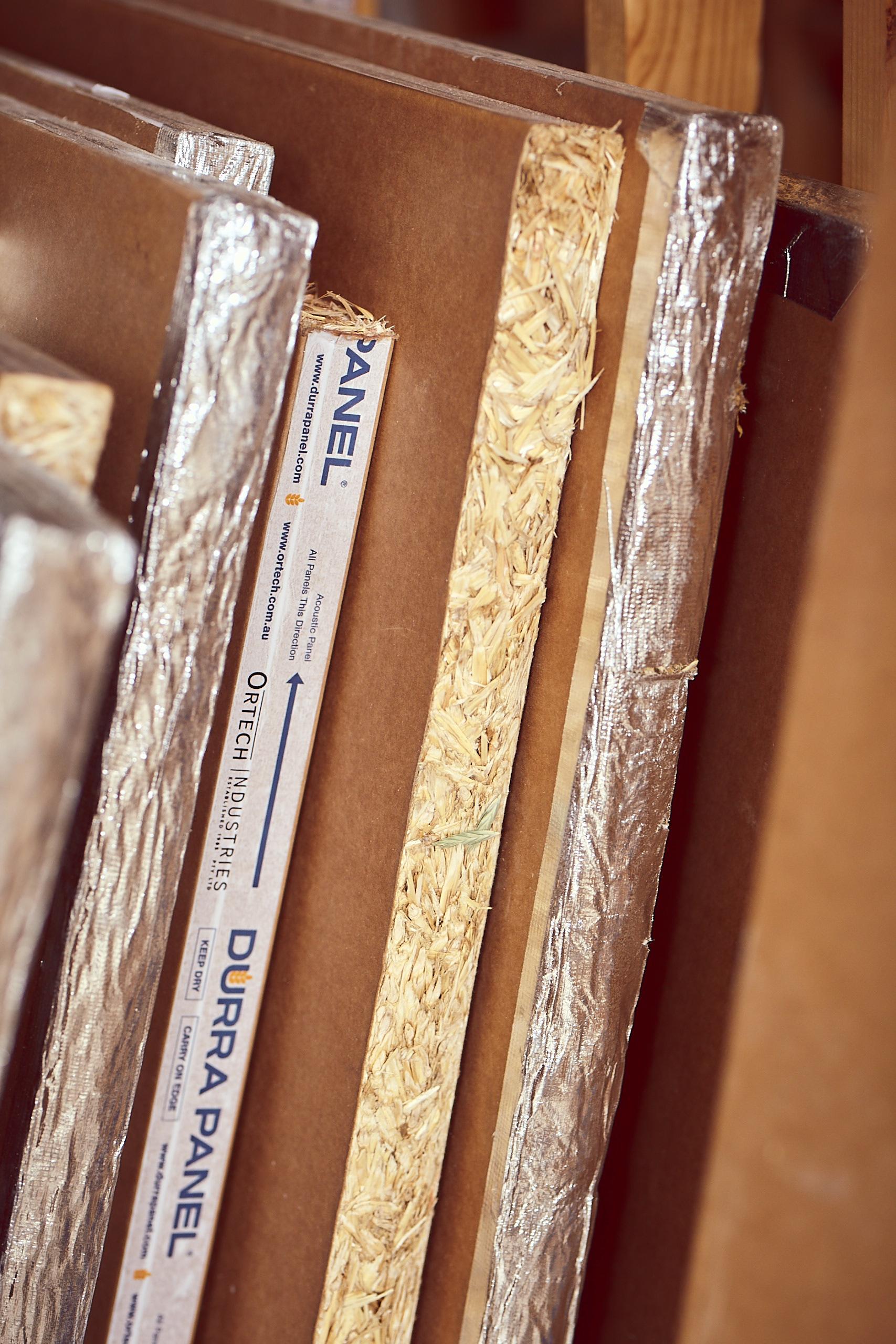

You’ve spoken before about the balance between commercial viability and sustainability. How do you navigate that tension while staying true to C.Street’s vision?
We aim to build high-performance homes with economies of scale. This requires a dramatic rethinking of the traditional development model as we know it. When it comes to solving important issues, commercial success doesn’t happen overnight, and the journey isn’t a straight line. By being strategic in our approach, we have been able to maintain profitability while providing an exciting model for sustainable development.
Passivhaus principles are at the heart of your work. Why was this the right path for C.Street, and what challenges have you faced in pioneering this approach in Australia?
Passivhaus is an excellent framework to deliver better buildings that guarantee outcomes that improve quality of life. Pairing the scientific foundations with cutting edge building materials and methods is exciting, and the final product is an unmatched experience.
But it’s not easy. The Australian construction industry isn’t built around that level of precision. We had to adapt international ideas to local conditions. We had to prototype new solutions. We had to train trades and explain unfamiliar concepts, sometimes even resisted. There were moments of friction, definitely.
But there was also incredible buy-in from people who believed in what we were trying to do. ECHO.1 proved that with the right team and a willingness to get your hands dirty, it can be done. And, more than that, it can be beautiful.

Passivhaus is an excellent framework to deliver better buildings that guarantee outcomes that improve quality of life. Pairing the scientific foundations with cutting-edge building materials and methods is exciting, and the final product is an unmatched experience.
— Kin Seng Choo


Sustainability is often reduced to a marketing tagline. How do you ensure that C.Street’s approach genuinely delivers long-term impact rather than just ticking boxes?
Increasingly across industries, the sustainable approach is also the right commercial approach. Consumers want to lower their energy bills, use fewer resources and ensure that their homes last for generations. Our focus is on delivering value – and this is a natural outcome when care and attention to detail is taken at every step from design to delivery.
We embrace the certification component of Passivhaus as an excellent quality assurance tool that holds us to account. There’s no greenwashing when you have to test and prove every element.
But beyond the numbers, it’s about culture. We talk to our buyers about what performance means. We host open days. We show our workings.
We can already see the results with the residents of ECHO.1 with high levels of satisfaction. We take our role seriously as leader in the industry, and with our outreach and resident feedback, we have a compelling approach to sustainability that is making a difference.
Circularity is becoming a major focus in sustainable development. How does C.Street integrate circular design principles?
We try to think in lifespans, not product cycles. That means choosing materials that will endure, and designing homes that can adapt. Things like flexible layouts, robust finishes and energy systems that are future-ready. It also means planning for maintenance and longevity. Our buildings are all-electric and low-maintenance by design.
On a technical level, we’re exploring how our approach to insulation, cladding and envelope construction reduces embodied energy and allows for future disassembly or reuse. The use of Durrapanel, for example, a compressed straw product made locally, is part of that thinking. It stores carbon, performs thermally and is non-combustible.
Circularity starts with planning. You can’t retrofit it later.
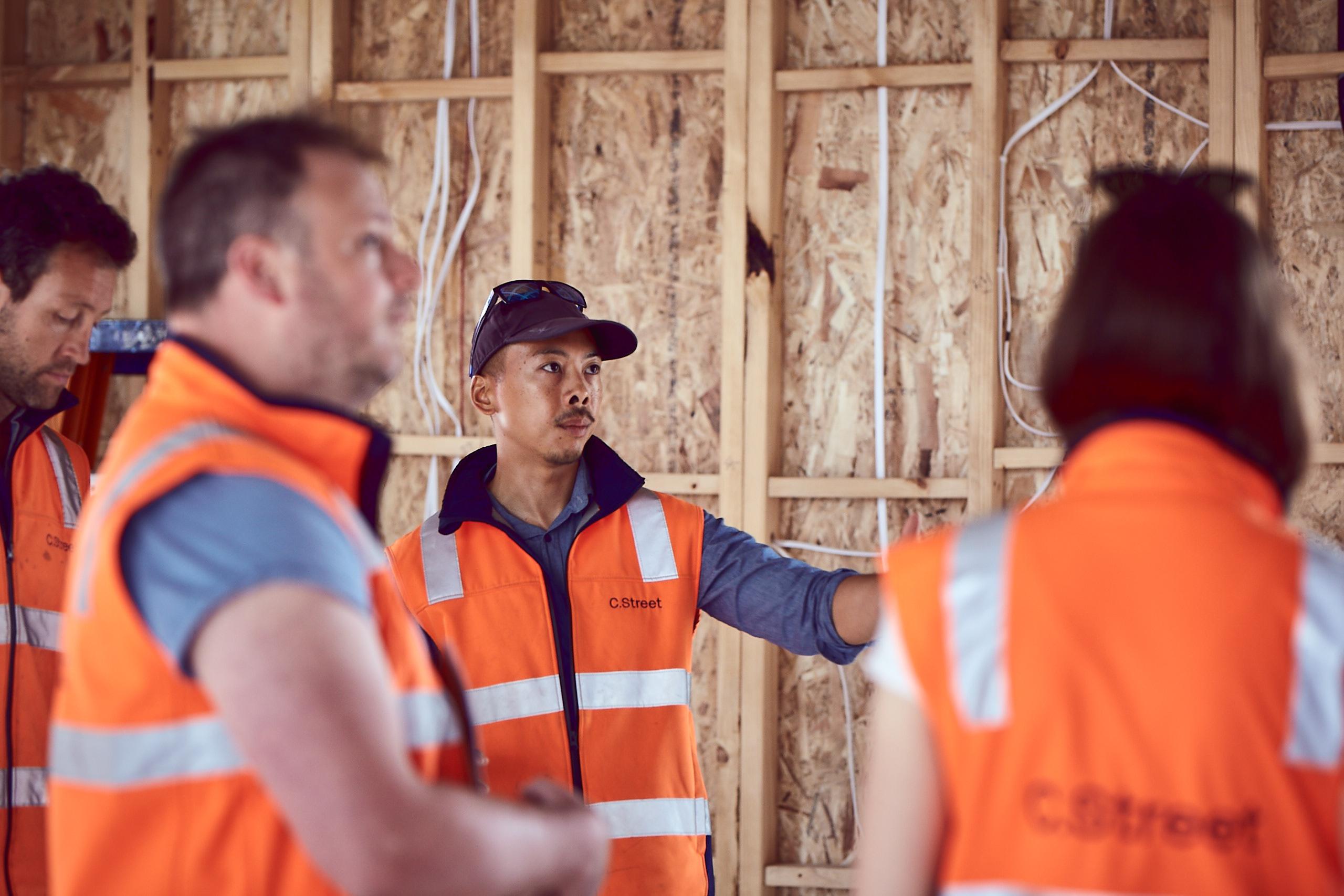
ECHO is about sound decisions that will reverberate for generations to come. This name was developed to reflect the brand pillars of Energy Efficiency, Carbon Neutrality and Homes of Opportunity.
The ECHO brand delivered a refreshingly intelligent and straightforward approach that takes the audience on a journey through the technology, science and benefits of passive housing.
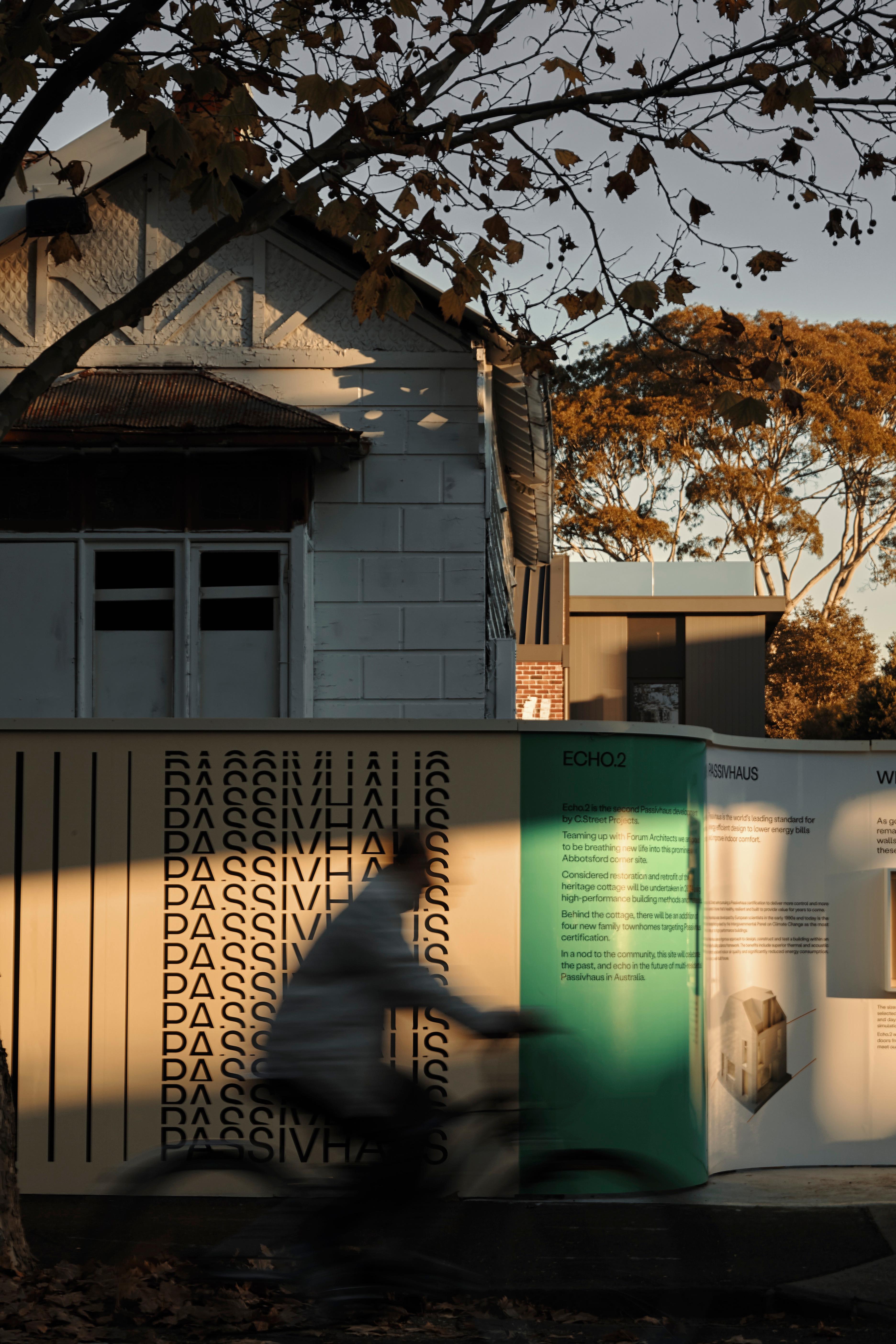

Kin, your background includes delivering projects in San Francisco’s Bay Area before founding C.Street in Australia. What lessons from your international experience have shaped how you approach sustainability here?
Working in the Bay Area gave me a sense of what’s possible when sustainability is integrated at a systemic level. When regulation, technology and demand are pulling in the same direction. But it also showed me how critical leadership is. Projects don’t get better by accident. Someone has to decide they will be.
Back in Australia, the conditions are different. Our codes, our climate, our market. But the principles are the same. You start with ambition, and then you build the team and the systems around it to make that ambition real.
Speaking of ambitious, I always admire how C.Street’s projects stand out for their architectural excellence, not just their sustainable credentials. What drives this sense of design?
Having a clear understanding of the project’s objectives is vital, and it is always important to remember that we are designing for real people – not a magazine photo. There are always a myriad of competing interests, so it’s important that we return to key first principles and values when making design decisions.
Flexibility, maintenance, performance, cost, family-friendliness, light – these are some important factors. We want façades that are elegant and enduring. Interiors that support different lifestyles. Landscapes that aren’t just ornamental but ecological.
What makes a development exceptional is when it works on every level — performance, aesthetics, experience. When the people who live there feel healthier, happier and more connected.
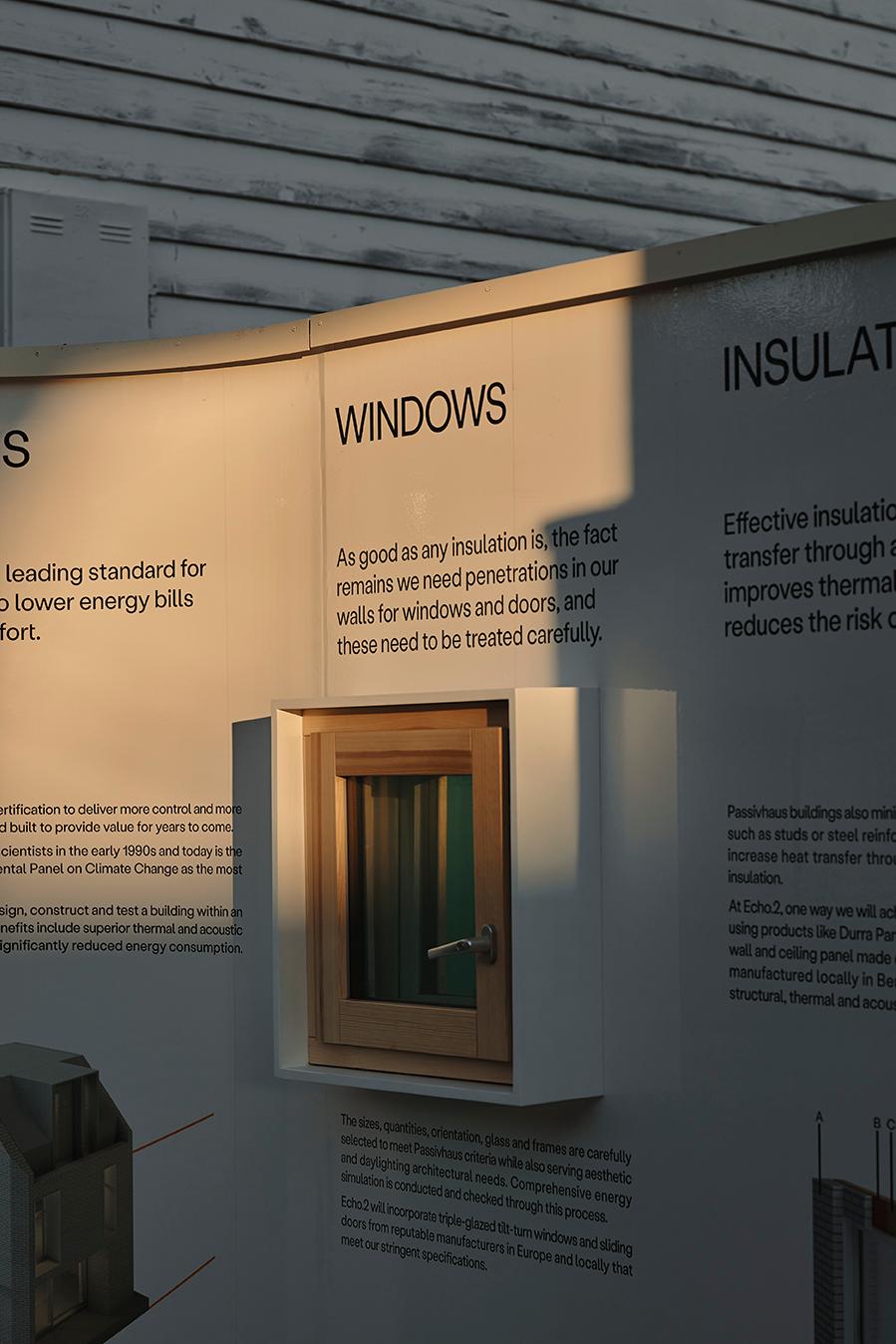
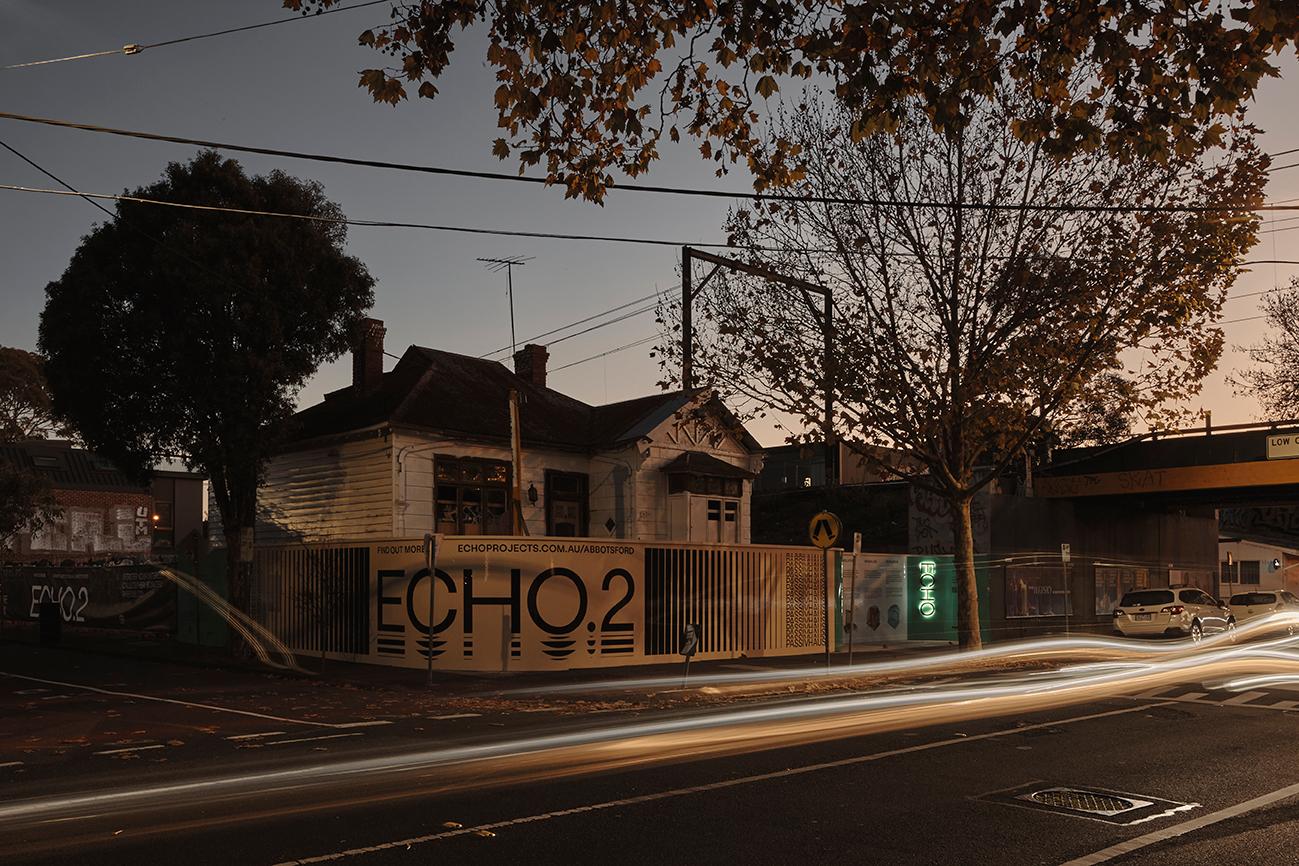
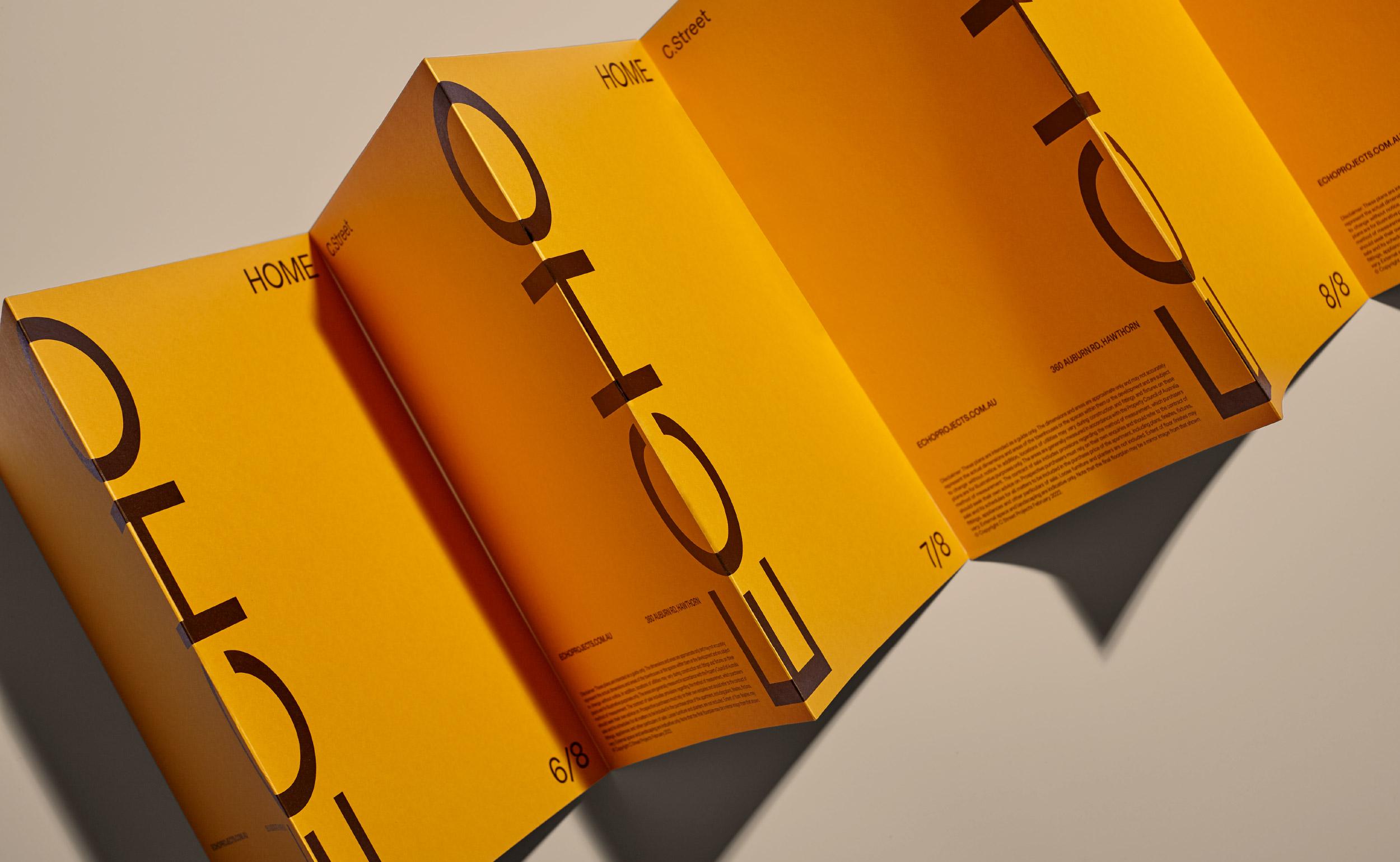
The Passivhaus standard ensures measurable performance. How do you balance the technical precision required for certification with the creative ambition of architectural design?
It’s a conversation between science and sensibility. Passivhaus comes with constraints — window sizes, thermal bridges, airtightness targets. But those constraints can lead to better design, not worse, if you embrace them.
We work with architects who see performance as a design driver. Who understands how to shape form and facade to respond to sun, wind, light and privacy. That’s where the magic happens, when the technical and the emotional overlap.
Our role is to keep both priorities in view: beauty and performance. You can’t sacrifice either.
Beauty and performance is the balance we always try to maintain as studio. A nice example is the ECHO.1 project in Hawthorn which reimagined traditional property marketing, replacing the typical display suite with an open-air exhibition. For us, that is a benchmark project, how do you feel it was received?
We needed to do something unusual to drive an educational message through about the details of Passivhaus. So often, property marketing is about illusion, moodboards, renders, and aspirational language. We wanted people to experience the materiality, the scale, the intent.
So together we built an exhibition on-site, open to the street. No smoke and mirrors. Just brick, steel, timber and text. A way to invite the public in, not just to the project, but to the philosophy behind it.
The response was overwhelmingly positive. Buyers appreciated the transparency. Locals were curious. And peers in the industry took notice, which was heartening.
What’s next for C.Street? How do you see the future of energy-efficient housing evolving in Australia?
We’re scaling up. We want to take what we’ve learned on ECHO.1 and ECHO.2 and apply it to new sites, new typologies, new communities. But we also want to support others to do the same. That means sharing knowledge, mentoring teams and advocating for change.
The future of housing in Australia has to be high-performance. The climate demands it. The market is ready for it. And the technology exists to deliver it.
Our job now is to make it replicable, accessible and desirable. So that these kinds of homes stop being the exception and start becoming the standard.
If there was one mindset shift you’d like to see across the industry, what would it be?
To stop seeing sustainability as a cost and start seeing it as an opportunity. The old narrative says you have to compromise, that you can’t have quality, performance and profit all at once.
But we’ve proven that’s not true. With the right mindset, you can do all three. The shift is from short-term thinking to long-term value. That’s where the real transformation lies.
Thanks Kin, I love that you are not only creating exceptional homes, but you are inspiring others to do the same. Here’s to new standards.
—
You can follow Kin, C.Street and ECHO at Instagram and via their website.
